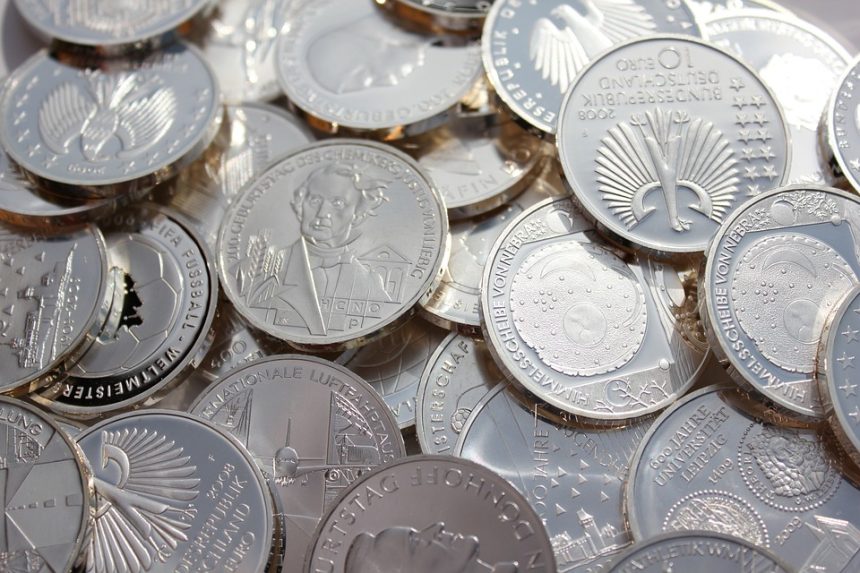From Mona Lisa to Meme-ified: The Evolution of Parody in the NFT Space
The digital art scene continues to evolve rapidly, creating new paradigms of creativity, ownership, and social commentary. One of the most intriguing phenomena in this landscape is the rise of the parody art movement, particularly as it intersects with the burgeoning world of Non-Fungible Tokens (NFTs). From classic masterpieces like the Mona Lisa to the meme-infused modern art of today’s internet, parody has taken on new significance in the age of digital collectibles. This article explores the evolution of parody art within the NFT space, examining its cultural implications and impact on the art world.
The Historical Roots of Parody
Parody as an art form has long existed in the creative lexicon, serving as both a means of critique and a vehicle for humor. Historical figures such as Marcel Duchamp challenged traditional notions of art with works like "L.H.O.O.Q.," a playful reimagining of the Mona Lisa that imbued the masterpiece with a sense of irreverence. This approach paved the way for contemporary artists to push boundaries, blending the realms of high art and popular culture.
The art of parody allows creators to comment on societal trends, critique established norms, or simply engage audiences in a lighthearted manner. It invites viewers to re-examine their perceptions and challenges the sanctity of celebrated artworks. However, the emergence of NFTs has provided a new platform for these artistic endeavors, enabling artists to create, mint, and trade parody art in ways that were previously unimaginable.
The NFT Boom and the Democratization of Art
The NFT boom that began in 2021 transformed the way we look at art and ownership. Whether it’s digital paintings, music, or virtual real estate, NFTs facilitate a unique form of digital provenance that authenticates ownership on the blockchain. This democratization of art has led to an explosion of creativity, with artists from various backgrounds now able to dip their toes in the NFT waters.
Parody art has gained significant traction within this framework, appealing to a culturally savvy audience that values both aesthetic and commentary. By leveraging NFTs, artists can create limited-edition parody pieces that speak to current events, pop culture, and even other NFTs. The meme-infused nature of many contemporary parodies resonates with audiences familiar with internet culture, ultimately bridging the gap between high art and the often ephemeral nature of memes.
Case Studies in Parody NFTs
Several notable examples illustrate the burgeoning trend of parody art in the NFT space. One such example is "Mona Lisa Reloaded," a digital reinterpretation of Leonardo da Vinci’s timeless work created by an anonymous artist. This piece retains the iconic imagery of the original while introducing modern twists and elements that reflect contemporary themes. Similarly, artists like BossLogic and Pak have utilized parody to contort the boundaries of conventional art, merging popular characters and narratives in ways that challenge viewers to think critically while laughing.
Perhaps the most infamous instance of NFT parody is the "Everydays: The First 5000 Days" by Beeple, which sells for over $69 million. While not a parody in the strictest sense, it embodies the essence of what the parody movement aims to achieve: a confrontation with traditional values in art and a questioning of the market itself.
Moreover, collections like "Bored Ape Yacht Club," which blends elements of internet culture with artistic expression, showcase how parody can be rooted in the culture of the meme. As users purchase and trade these NFTs, they become part of a larger commentary on the digital age’s absurdities and excesses, capturing the ethos of a generation.
The Fine Line Between Parody and IP Infringement
While parody can serve as a privileged form of artistic expression, the NFT space is not without its legal controversies surrounding intellectual property (IP). As artists draw on existing works for inspiration or direct reinterpretation, questions arise about copyright and ownership. Legal battles have already emerged, emphasizing the need for clear guidelines regarding parody and fair use in the NFT arena.
Artists navigating this landscape must tread carefully, balancing their creative vision with legal considerations. As the NFT market continues to evolve, discussions around intellectual property will be crucial in shaping how parody art is created, shared, and monetized.
The Future of Parody in the NFT Space
As NFT technology proliferates and artists continue to explore creative boundaries, the role of parody art is likely to become even more pronounced. Future trends will likely include deeper collaborations between artists and technologists, expanding parody art into interactive and immersive experiences within virtual worlds.
With the rise of AI-generated art and immersive experiences in virtual reality, the landscape for parody could shift dramatically. Artists may utilize these tools to create even more engaging, thought-provoking works that resonate with audiences on multiple levels.
Conclusion
From the Mona Lisa to memes — the evolution of parody in the NFT space reflects broader societal trends, artistic innovation, and cultural commentary. As the boundaries between high art and popular culture blur, parody art stands as a testament to the democratization of creativity in the digital age. The intersection of parody and NFTs invites us to rethink the nature of art, ownership, and expression in an increasingly interconnected world. While the journey is still unfolding, one thing is clear: parody will remain a vital force in the ever-evolving narrative of digital art.






